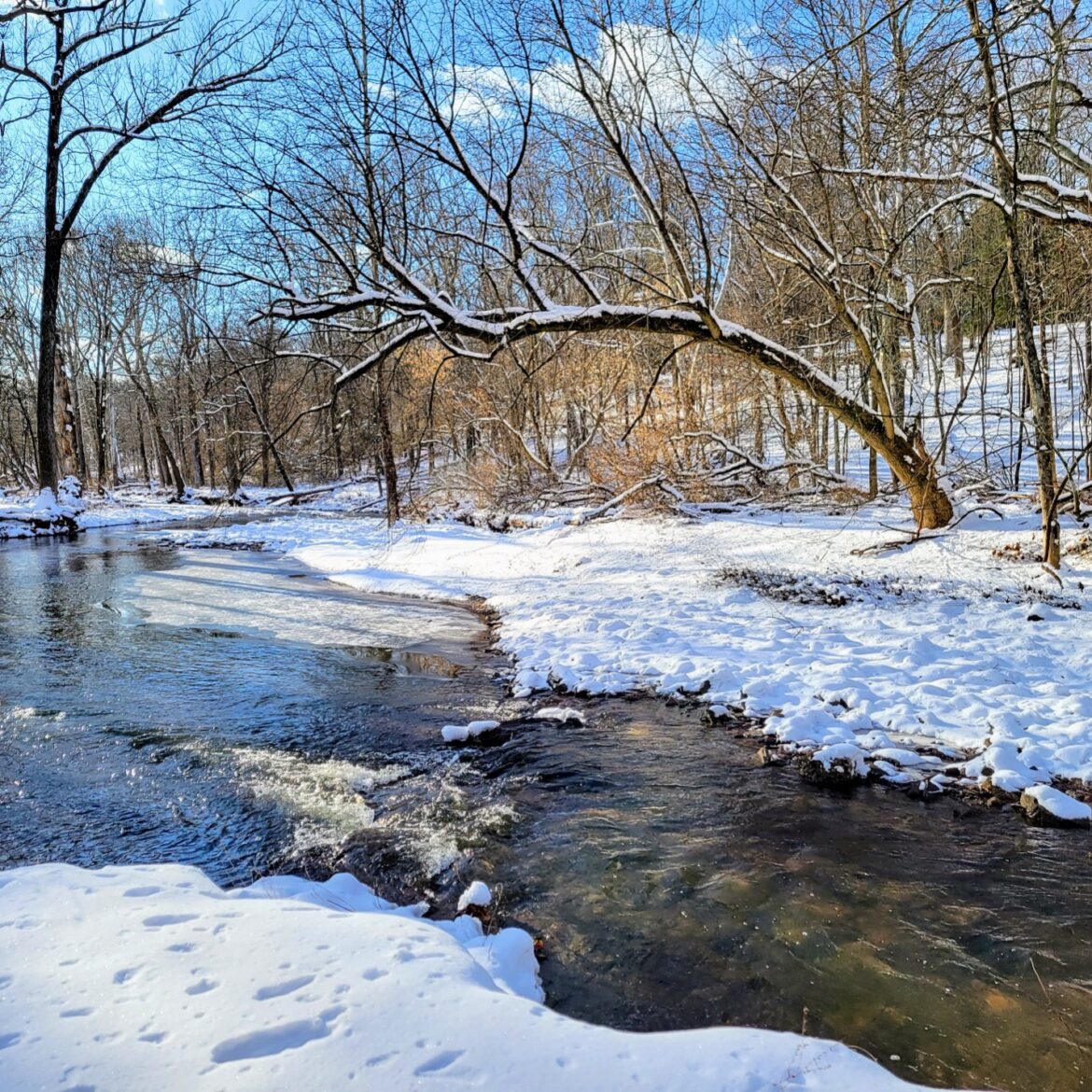Value local news?
Hopewell Valley counts on MercerMe for daily reporting. But quality journalism takes time, care, and resources—and it only continues with your support.
What You Get:
1. Exclusive Archives: Dive into 10 years of Hopewell Valley’s history.
2. Insider’s Scoop: Our monthly newsletter with behind-the-scenes updates and exclusive content.
Your support keeps Hopewell Valley informed, engaged, and connected. Together, we’re shaping a stronger community narrative, one impactful story at a time.
Kim Robinson
Kim Robinson grew up in Hopewell Township, and lives in Harbourton with her husband Greg and two daughters. A CPA and MBA, Kim had a career in financial audit, but developed a love of writing and photography during the years she stayed home to raise her girls. Kim has always been very involved in the community, serving as a girl scout leader, being on multiple school committees, serving as Chair of the Hopewell Township Finance Advisory Committee, and serving as an administrator of the Hopewell Pennington Update page on Facebook. Her photography has been sold at a gallery in Frenchtown and featured in various publications.







